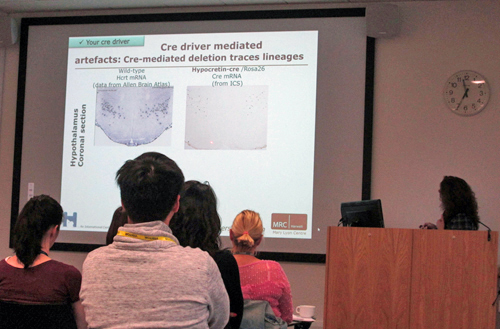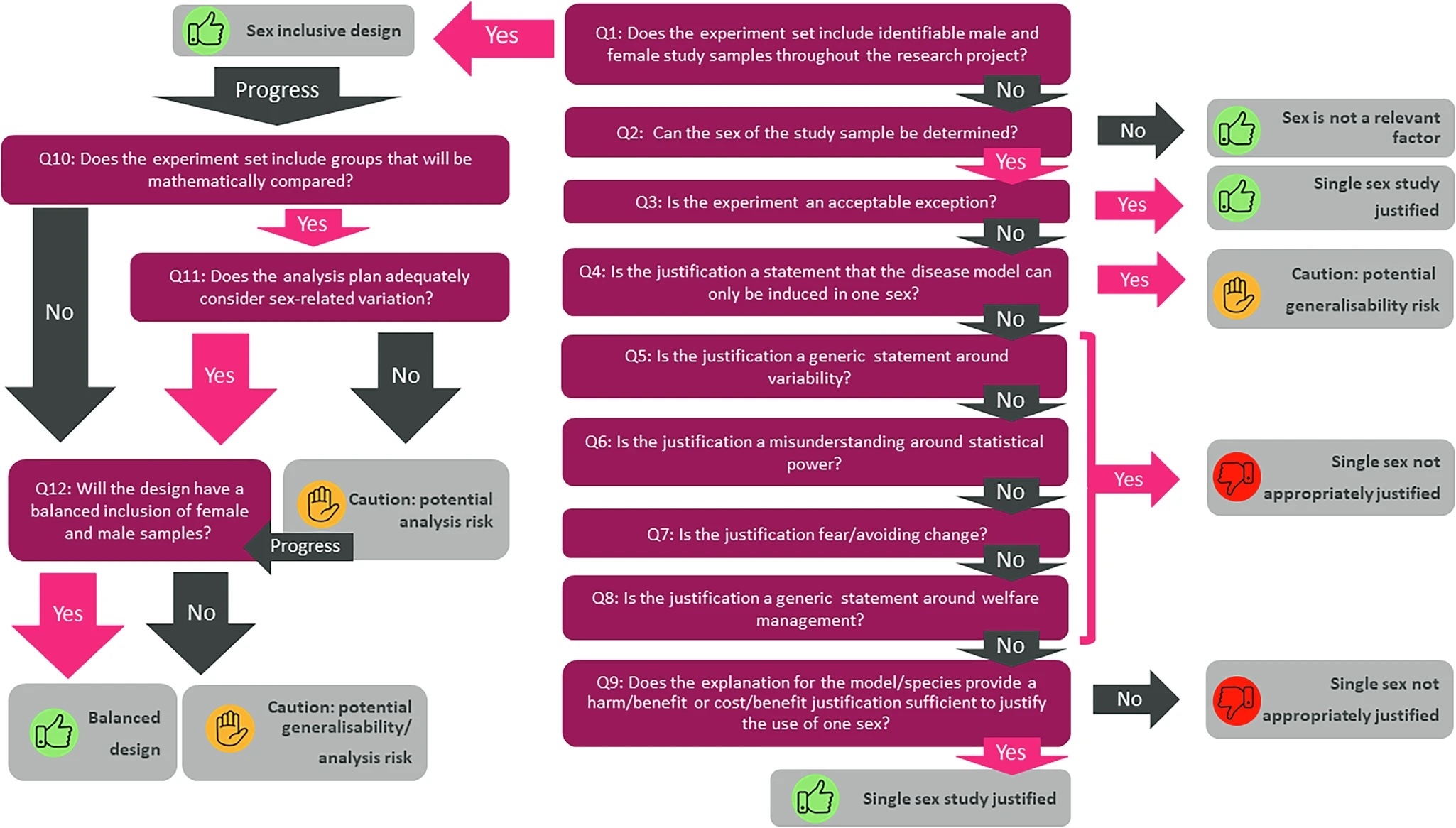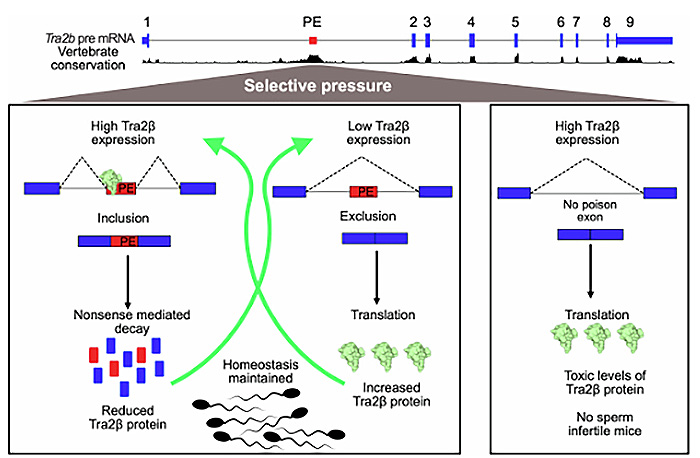We ran our Conditional Transgenesis training on 8 June 2015, which introduced participants to the key concepts for work with mouse lines in which genes can be temporally or spatially modified.
Conditional transgenesis training course We ran our Conditional Transgenesis training on 8 June 2015, which introduced participants to the key concepts for work with mouse lines in which genes can be temporally or spatially modified. Being able to inactivate a gene and see the effect in a living mouse is remarkable. Yet global inactivation of a gene in every gene in the body is a blunt tool and can pose problems such as lethality and viability. This is why we have set up a new one day training course to teach participants about more refined conditional transgenesis methods. For example, if you are a researcher interested in a gene essential for embryonic development, total inactivation may be lethal, but you might want to study the gene’s role in the adult. Using conditional techniques, you can selectively modify the gene later on in life, once the mouse is fully grown, or limit the inactivation to a particular cell-type or organ. The best known of these techniques is the Cre-lox system. In this case, a mouse line is bred so that it the gene of interest flanked by two lox P sites. These sequences and the targets of action for the enzyme Cre recombinase, which can be expressed specifically in an individual cell-type or induced at a specific time point (e.g. in the adult). The action of the Cre recombinase results in the loss of the sequence between the lox P sites, and therefore gene modification, in the target tissue or at the target time. The course was aimed at PhD students and early career postdocs, and was intended as an introduction for those just beginning to use these techniques. It included an overview of a variety of conditional mutagenesis techniques, the challenges associated with them, the generation and breeding of conditional mutant mouse lines, and a workshop on designing experiments with conditional mutant mouse lines. The course was limited to around 20 participants for the workshop in the afternoon, which was based on what the participants had learnt in the morning. Overall, the course went down very well, with 18 of the participants saying they would recommend it to others. Due to the popularity of the course, we are investigating the possibility of running it again. For more information on this course and others, please email training@har.mrc.ac.uk or view our full range of training courses on the training section of our website.



